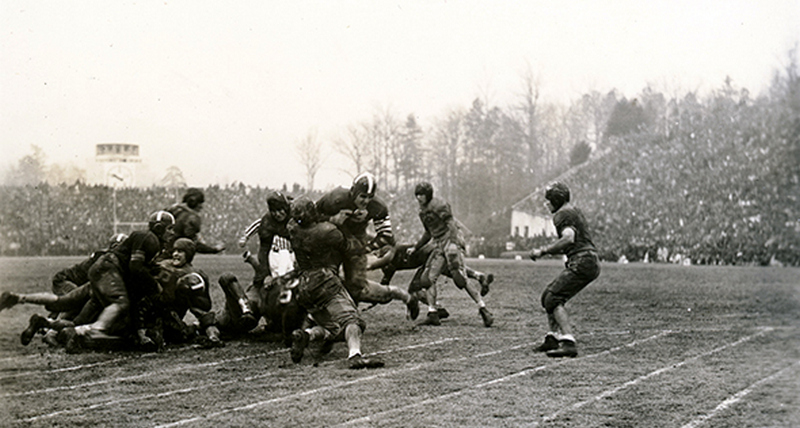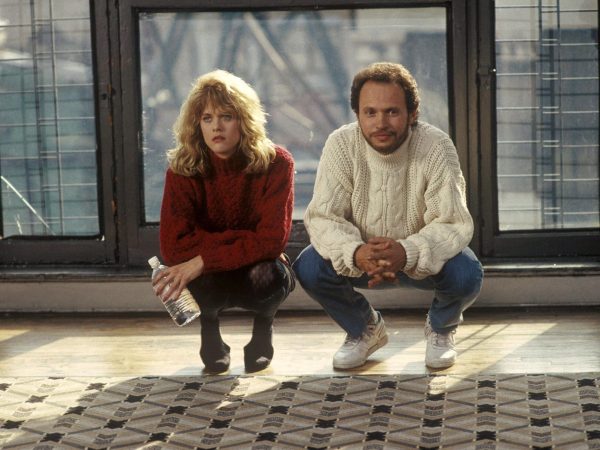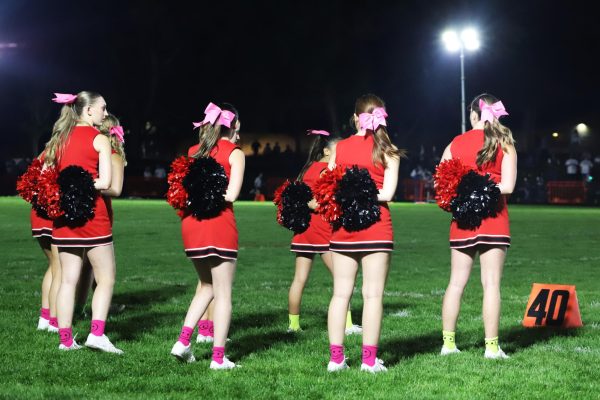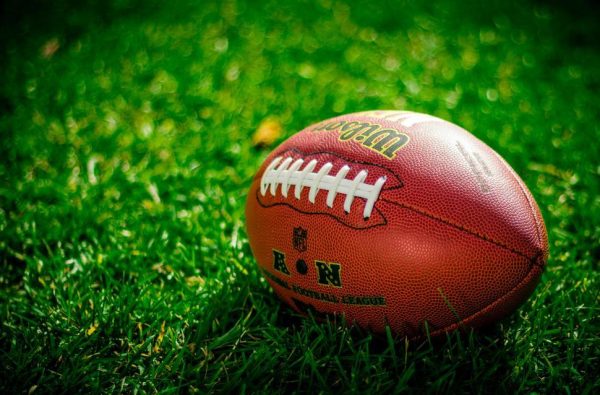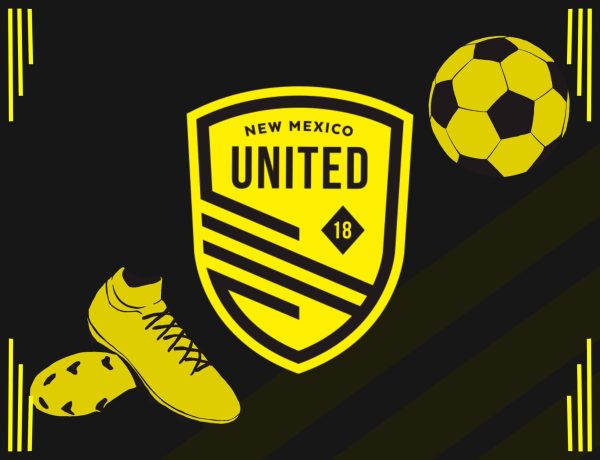Covid and Football
How have the NFL and College Football Weathered the Storm?
Duke University Archives, Creative Commons 3.0 License
1942 Rosebowl game
As the fall season approached and COVID-19 remained a threat throughout the United States, many football fans wondered if they were going to be able to enjoy another season of their favorite sport. But that wasn’t the end to the uncertainty surrounding this season, as players, coaches, and even team owners remained unsure if the season was going to proceed. Take the Big Ten, for example. On August 11, 2020, the Big Ten decided to cancel the college football season for fall 2020, hoping to move the season out to spring 2021. The decision not only saddened fans and players, but also posed an enormous economic threat to the schools within the conference, who rely on televised games and in-person attendance to fund their programs. But only a month later, with public encouragement from President Trump, the Big Ten decided to return to the field with an 8-game season. A large question still remained: how does a contact sport, with rosters larger than any other sport, proceed to safely and effectively play a season during this unparalleled time?
The answer to that question remained ever changing, as seen with the lack of consistency in the NFL throughout the season and among different teams. The NFL began the year with no preseason- 4 practice games meant to be played with no consequence to condition players before the start of the real season. While the cancellation of preseason did seem appropriate to aid with the risk of COVID-19, it proved to be extremely dangerous, with the NFL seeing a record number of large injuries to players in the first 4 weeks of the season.
In those first 4 weeks, and throughout the rest of the season, the league made testing a great priority, ranging anywhere from three times each week for staff, to daily testing for players in high-risk environments. While testing remained a priority throughout the entire season, the way in which the NFL handled positive tests became decreasingly strict. In the beginning of the season, the league rescheduled games entirely if a player or personnel tested positive for the virus. But as the weeks went by, the league enacted different protocols, creating a COVID-19 reserve list that required positive players to sit out for two weeks, while the rest of the team competed as usual.
Another perilous factor that was inconsistent from team-to-team in the NFL and in college football was in-person attendance. In the NFL, 12 teams had absolutely no fans allowed at home games, while teams like the Dallas Cowboys averaged 28,000 fans per game. In college football, many stadiums allowed students to come at a limited capacity but discouraged tailgating and large crowds. The discouraging was ineffective in many cases, as seen with the tens-of-thousands of mask-less fans that gathered in Tuscaloosa, Alabama following the Crimson Tide’s national championship win.
Nonetheless, the Crimson Tide’s victory symbolized the close of the Big Ten football season, which was fully completed despite a large number of game cancellations. Many teams had extremely condensed seasons, like the Ohio State Buckeyes who had a 6 game regular season before losing to Alabama in the National Championship. Some teams in the NFL were forced to play with no quarterback, no head coach, no running back, or even in an entirely new state for their home games. Although the journey was rocky and inconsistent, the NFL was able to wrap up their full, 256-game normal season in an unprecedented way, scheduling games on all 7 days of the week for the first time in league history.


